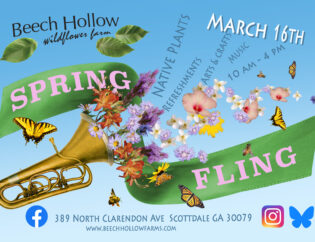
Botany in a Day: The Patterns Method of Plant Identification
by Thomas J. Elpel
2000, Hops Press. Pony, Montana
200 pages.
I first read Botany in a Day by Thomas J. Elpel when I lived in Northern California. I was working for the Forest Service doing archaeology surveys. My co-workers and I had been told about a small plant that grows in wet mountain meadows that the Native Americans used for food and that it’s presence warranted the area a closer look for artifacts. It was called “Epos” after the genus it belonged to, and was most easily identified by its 1-2’ stalk topped with small yellow flowers. It has an edible root about the size of a peanut that smelled and tasted vaguely like celery. When gathered and dried it could be ground into flour, so grinding stones or other ancient tools might be near populations of this plant. I had just gotten the book and went home and scanned it for anything I could find about the plant. The flowers were a dead giveaway. They were in a cluster that I identified as a “compound umbrel” the next day, eliciting light mockery from my co-workers for using fancy words. It was in the parsley family, which also explained why it smelled of celery. I was hooked and started trying to identify all of the plants I was seeing as we walked through the forest.
Years later, I moved to Georgia and started working in a native plant nursery. Every time I learned a new plant I would look up the genus in Botany in a Day to see what plant family it belonged to and whether it had any traditional use as food or medicine. Other, more locally focused plant guides were my source for information about the specific, individual species I was growing and encountering in the wild, but Botany in a Day was the book that helped to integrate that knowledge into a larger picture. That larger picture helped me to make predictions and test hypotheses about newly learned plants’ soil chemistry needs, faunal associations and seed germination requirements based on my knowledge of their close relatives.
The unique thing about Botany in a Day is that it takes a top-down approach to plant ID, starting with the patterns and characteristics shared by the Class, Order, and Family to give a broad understanding of why and how plants are related to each other. Many other field guides and plant books are focused on individual species and ordered alphabetically, by flower color, or by geographic range. This bottom-up organization is good for memorizing individual plant species, but may never shed light on the larger patterns and connections that place that plant in a certain family. As the author states in the introduction: the ease or difficulty of learning a subject is not about the complexity or volume of the information, but rather in how it’s packaged. He goes on to state that by studying the patterns revealed by the book, “The beginning naturalist will quickly have a foundation for the future. The more experienced may find their knowledge suddenly snapped into focus with a new and solid foundation under that which is already known.” As someone that has experienced both of those situations on opposite sides of the continent, and continues to come back to this book at least a few times a year to refine my understanding of plant families, I heartily recommend you pick up a copy and start noticing the patterns that surround you.











